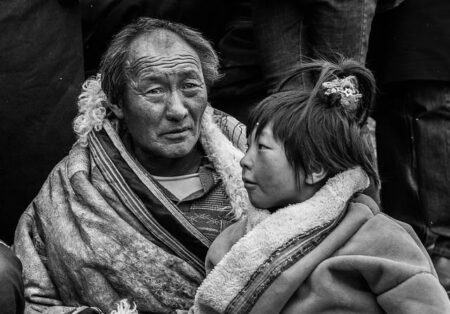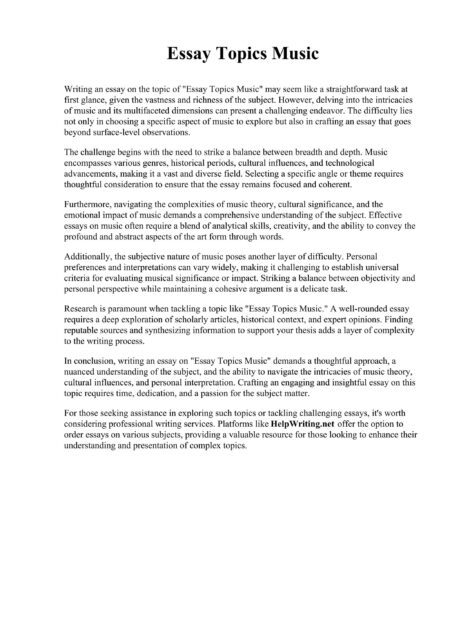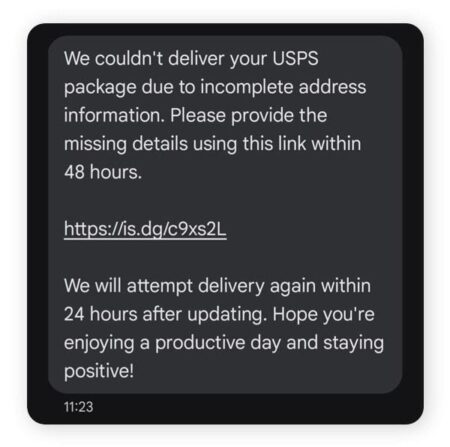Burkina Faso’s media landscape paints a picture that often contrasts sharply with the country’s complex and challenging realities on the ground. While official narratives and some local outlets highlight progress and stability, deeper investigations reveal persistent security threats, political instability, and humanitarian crises affecting the West African nation. This divergence between media portrayals and the harsh conditions experienced by many Burkinabè underscores the critical need for nuanced reporting and increased international awareness. The Africa Defense Forum explores how these conflicting images shape both public perception and policy responses toward Burkina Faso.
Burkina Faso’s Media Landscape Masks Deep Socio-Political Struggles
Despite a vibrant and multifaceted media environment, the realities on the ground in Burkina Faso remain obscured by carefully curated narratives. State-controlled outlets often project an image of stability and progress, overshadowing the persistent challenges faced by the population. Independent and community media platforms strive to fill this gap, but their reach is frequently limited by political pressure, infrastructural constraints, and security risks. These dynamics create an uneven information landscape where critical socio-political issues such as insurgency, displacement, and governance crises receive fragmented or muted coverage.
Key obstacles shaping this disconnect include:
- Government censorship: Media outlets face strict regulation, leading to self-censorship and selective reporting.
- Press freedom limitations: Journalists encounter harassment and intimidation when covering sensitive topics.
- Information access disparities: Rural communities remain largely disconnected from mainstream news channels.
- Security challenges: Conflict zones are difficult to report from, affecting the accuracy and timeliness of information.
| Factor | Impact on Media |
|---|---|
| Government Control | Limits critical reporting, fosters propaganda |
| Security Concerns | Restricts journalists’ mobility in conflict areas |
| Technological Barriers | Limits rural and marginalized access to information |
| Political Pressure | Encourages self-censorship among media staff |
Discrepancies Between International Coverage and Ground Realities Explored
While international media often portray Burkina Faso through a lens of brief headlines focusing on terrorism and political instability, the lived realities of its citizens reveal layers of complexity seldom captured in foreign reports. Many narratives emphasize militant threats and government fragility, yet overlook the resilience of local communities, grassroots initiatives, and socio-economic adaptations that persist amidst adversity. This disconnect not only skews global understanding but also influences foreign policy and aid strategies that fail to address root causes.
Key factors contributing to the gap include:
- Simplification of conflicts: Reporting tends to reduce multifaceted issues to terrorism alone.
- Limited local voices: International outlets rarely incorporate perspectives of affected Burkinabé citizens.
- Urban bias: Focus remains on capital Ouagadougou, sidelining rural areas severely impacted by violence.
| Media Focus | Ground Reality | |||||||||||||||
|---|---|---|---|---|---|---|---|---|---|---|---|---|---|---|---|---|
| Terrorism as primary issue | Insecurity compounded by poverty, climate stress | |||||||||||||||
| Political instability highlighted | Strong local governance in some regions | |||||||||||||||
Completed Table (with inferred last entry):
Suggestions for further enhancing your piece:
Possible enhanced conclusion snippet:
If you want, I can help you draft this into a polished article or prepare slides summarizing these points. Just let me know! Enhancing Media Accuracy Through Increased Local Engagement and Contextual ReportingLocal voices are essential to bridging the gap between perception and reality. In Burkina Faso, mainstream media often paint a broad-stroke narrative focused on conflict, overshadowing the nuanced experiences of its communities. By increasing engagement with grassroots reporters, local leaders, and ordinary citizens, media outlets can deliver stories that reflect the true diversity and resilience within the country. This shift not only counteracts stereotypes but also fosters greater understanding and empathy among international audiences. Contextual reporting remains a critical tool for enhancing accuracy. Instead of isolated headlines, journalists must embed events within historical, social, and political frameworks, providing readers with the background necessary to grasp complexities. For example, reports on security incidents paired with local development initiatives create a more balanced portrayal, illustrating how Burkinabé society adapts amid challenges.
Closing RemarksAs Burkina Faso continues to grapple with complex security challenges and socio-political instability, the contrast between media portrayals and the everyday realities faced by its citizens remains stark. Understanding this disparity is essential for policymakers, journalists, and international observers seeking a more nuanced perspective on the country’s situation. Only through accurate, context-rich reporting can the global community better appreciate the resilience and struggles within Burkina Faso, moving beyond simplified narratives to support informed engagement and sustainable solutions. |







